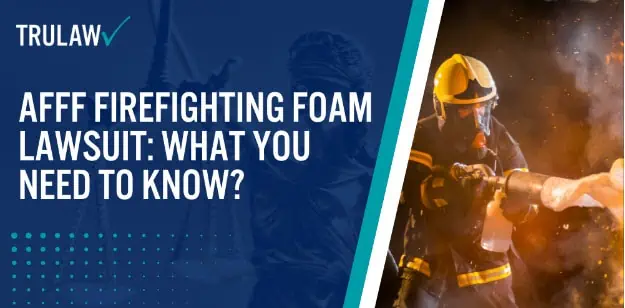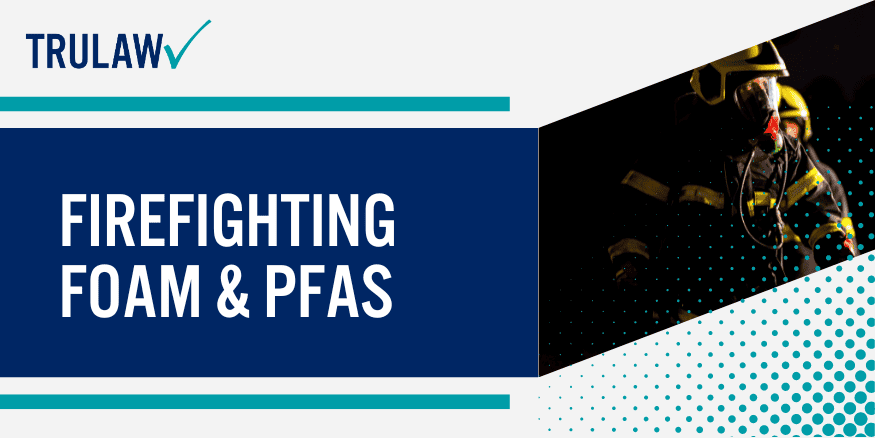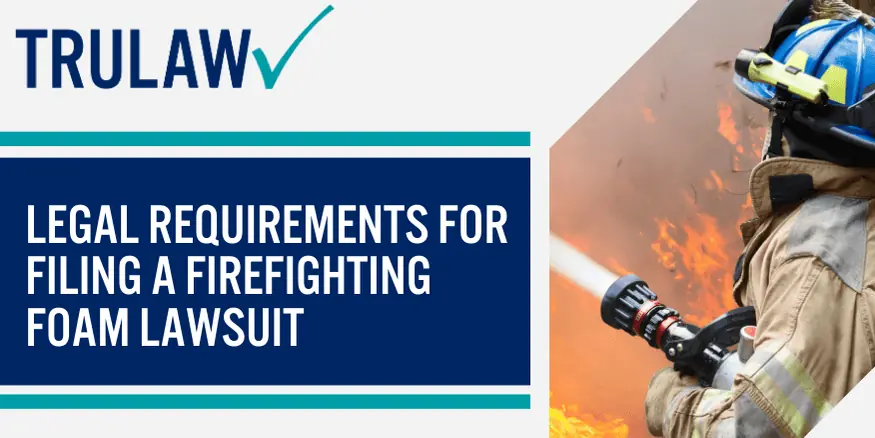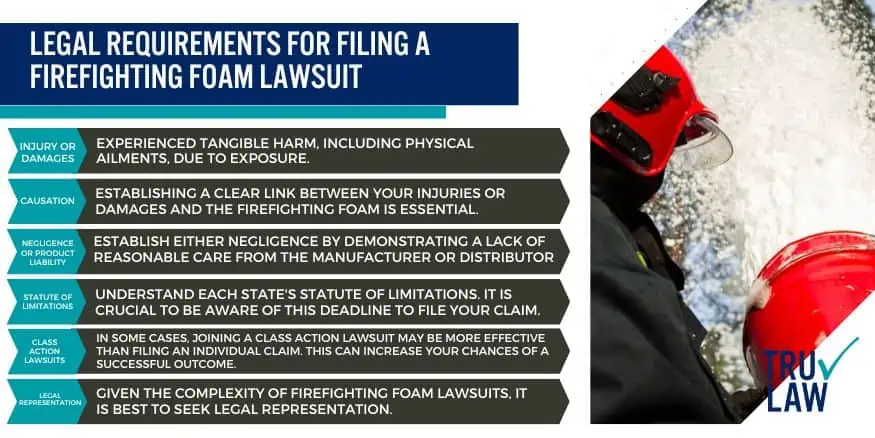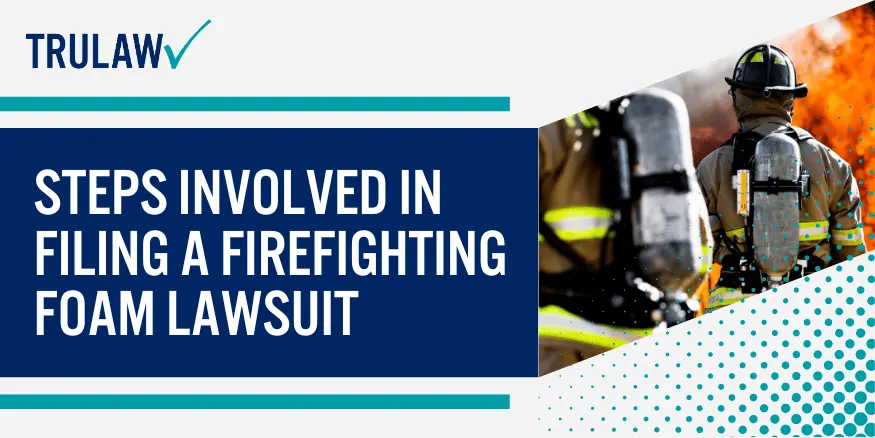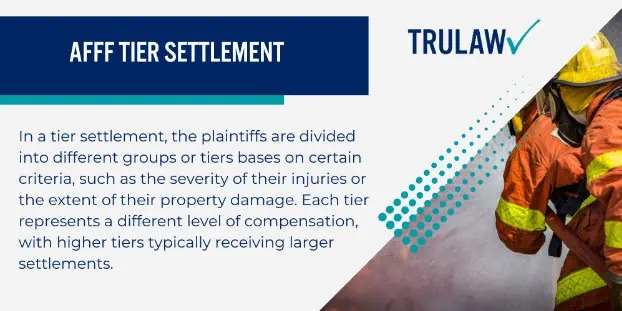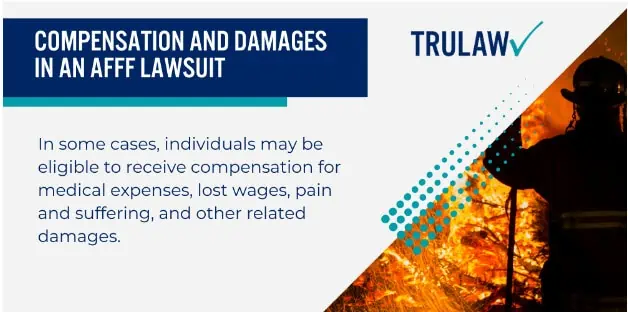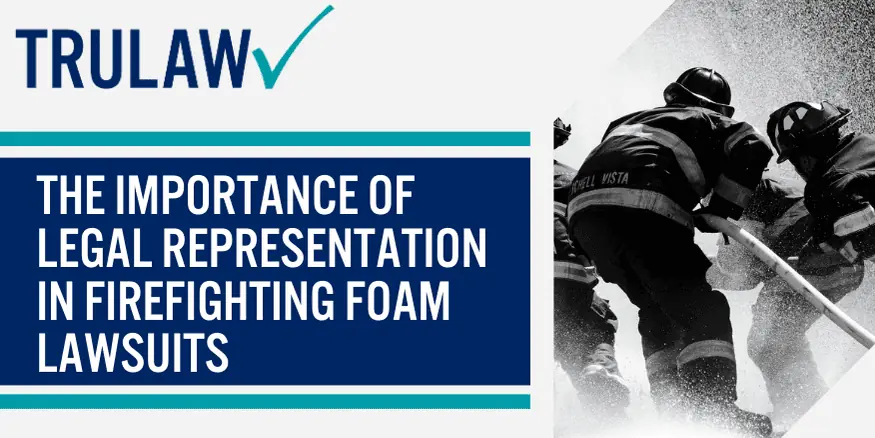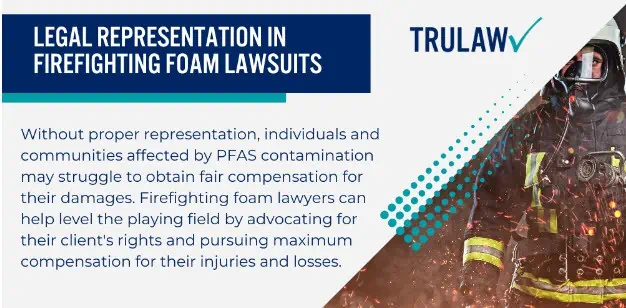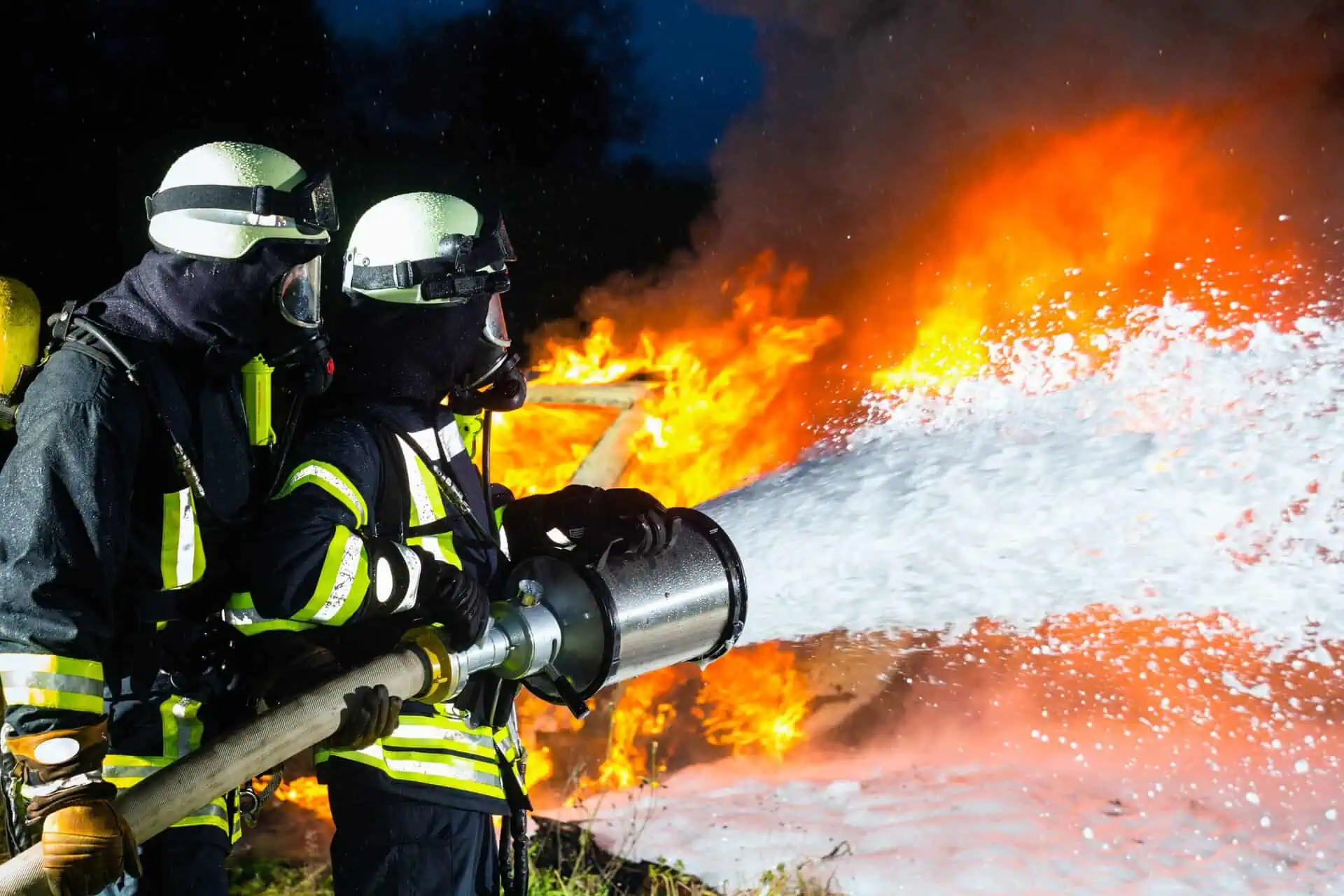
Firefighting foam, also known as aqueous film-forming foam (AFFF), has been widely used by firefighters for decades to suppress and extinguish flammable liquid fires.
However, recent studies have raised concerns about the potential health and environmental risks associated with the use of this foam.
As a result, a number of lawsuits have been filed against the manufacturers of toxic firefighting foam, alleging negligence, product liability, and failure to warn.
The lawsuits claim that the manufacturers of firefighting foam were aware of the potential health risks associated with the use of their products but failed to warn firefighters.
Other users adequately alleged that the foam contains per- and poly-fluoroalkyl substances (PFAS), which are toxic chemicals that can accumulate in the environment and in the human body over time.
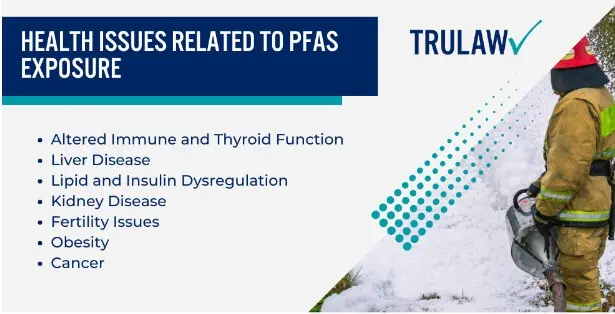
Exposure to PFAS has been linked to various health issues, but not limited to:
- Altered Immune and Thyroid Function
- Liver Disease
- Lipid and Insulin Dysregulation
- Kidney Disease
- Fertility Issues
- Obesity
- Cancer
In addition to the health risks, firefighting foam has also been found to contaminate groundwater and surface water, posing a threat to drinking water supplies and the environment.
PFAS have been detected in drinking water sources near airports, military bases, and other locations where firefighting foam has been used.
This has led to the closure of wells and the implementation of costly water treatment measures.
The AFFF foam lawsuit seek compensation for medical expenses, lost wages, pain and suffering, and other damages suffered by individuals exposed to firefighting foam.
They also aim to hold the manufacturers accountable for their alleged negligence and raise awareness about the potential risks associated with using this foam.
In response to the lawsuits and growing concerns about the health and environmental impacts of firefighting foam, regulatory agencies have taken action.
The U.S. Environmental Protection Agency (EPA) has set a health advisory level for PFAS in drinking water and is considering whether to regulate these chemicals under the Safe Drinking Water Act.
Some states have also taken steps to regulate or ban the use of firefighting foam.
The AFFF foam lawsuit seek compensation for medical expenses, lost wages, pain and suffering, and other damages suffered by individuals exposed to firefighting foam.
